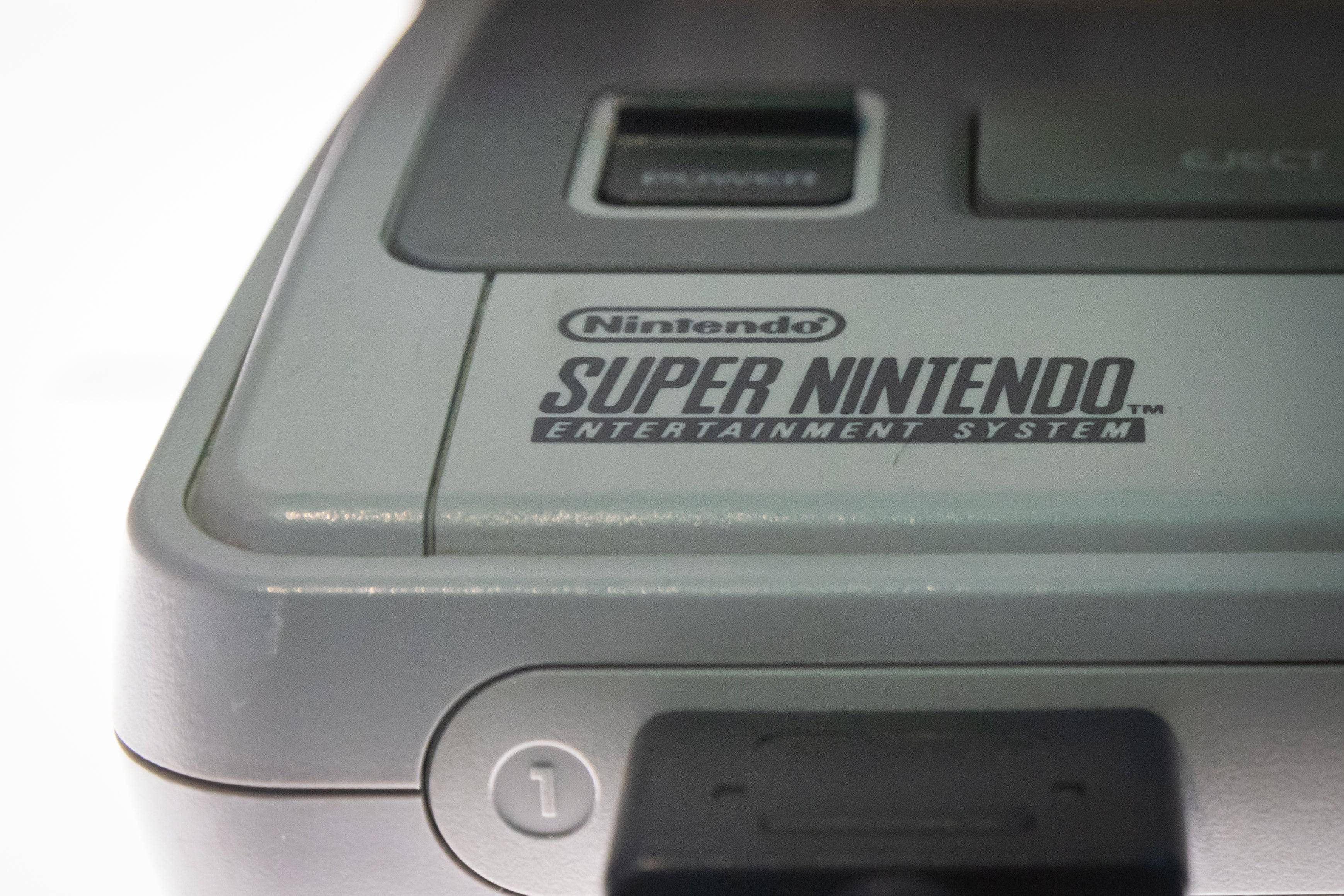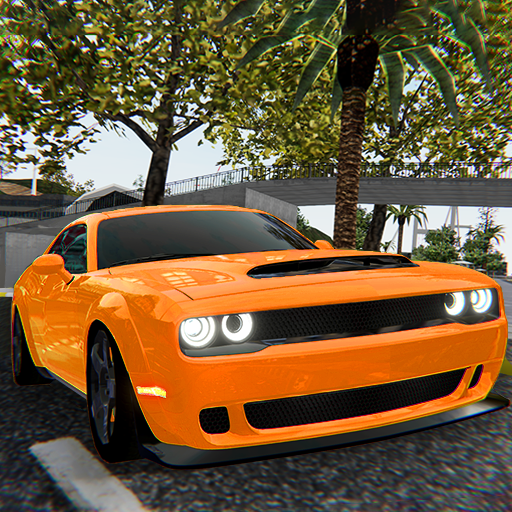The speedrunning community is buzzing with intrigue over a peculiar technological phenomenon that appears to be making the Super Nintendo Entertainment System (SNES) run games faster as it ages. In early February, Alan Cecil, a Bluesky user known as @tas.bot, sparked a frenzy by revealing that the iconic Nintendo console might be performing better now than when it was new in the 1990s. This surprising revelation suggests that the nearly 50 million SNES units sold could now be enhancing gameplay in titles like Super Mario World, Super Metroid, and Star Fox, rather than deteriorating over time.
The concept of a video game console improving its performance as it ages might sound far-fetched, yet Cecil's research points to a specific component that could be responsible for this anomaly.
The Fastest Thing Alive
In an interview with 404 Media, Cecil explained that the SNES's audio processing unit (APU), known as the SPC700, has an official digital signal processing (DSP) rate of 32,000Hz, which is governed by a ceramic resonator running at 24.576MHz. However, retro console enthusiasts have discovered that these specifications don't always hold true. Recordings over the past few decades have shown varying DSP rates influenced by factors such as temperature, which can affect how the console processes audio and sends it to the CPU, subtly altering game speed.
 The SNES appears to be getting faster with age. Photo by Aldara Zarraoa/Getty Images.
The SNES appears to be getting faster with age. Photo by Aldara Zarraoa/Getty Images.
The plot thickens when considering how these DSP rates have evolved over the last 34 years. Cecil called on SNES owners to submit data about their consoles, and the responses—over 140 in total—indicated a clear trend of increasing DSP rates. While earlier measurements averaged at 32,040Hz in 2007, Cecil's recent findings have pushed this average up to 32,076Hz. Although temperature can cause fluctuations, it doesn't account for the overall increase observed. It seems the SNES is indeed processing audio faster as time progresses.
In a follow-up Bluesky post, Cecil shared detailed data, noting, "Based on 143 responses, the SNES DSP rate averages 32,076Hz, rising 8Hz from cold to warm. Warm DSP rates go from 31,965 to 32,182Hz, a 217Hz range. Therefore, temperature is less significant. Why? How does it affect games? We do not know. Yet."
Any%
Despite the fascination, Cecil acknowledges the need for further research to fully understand how much faster the SNES is processing game audio and what's causing it. Historical data from the console's early years is scarce, making it challenging to pinpoint the exact reasons behind this phenomenon. Nonetheless, as the SNES approaches its 35th anniversary, it seems to be aging gracefully.
The speedrunning community is abuzz with the potential implications of this discovery. A faster SPC700 could theoretically reduce load times in certain game sections, which might affect long-standing leaderboard records. However, the impact on speedruns, such as those for Super Mario World, isn't straightforward. Even under the most extreme scenarios, these changes might only shave off less than a second from the average speedrun. The extent to which different games could benefit from these altered audio processing rates is still under debate, and current research suggests minimal impact on longer speedruns.
As Cecil delves deeper into the workings of the SNES, the console continues to defy expectations in its 30s. For those curious about its legacy, you can explore where the SNES stands on the list of best-selling consoles of all time.
 Home
Home  Navigation
Navigation






 Latest Articles
Latest Articles









 Latest Games
Latest Games












